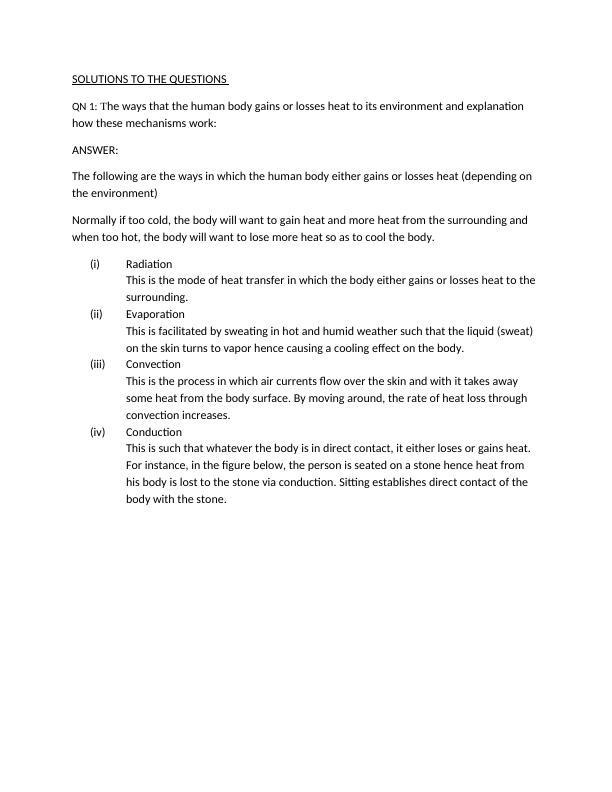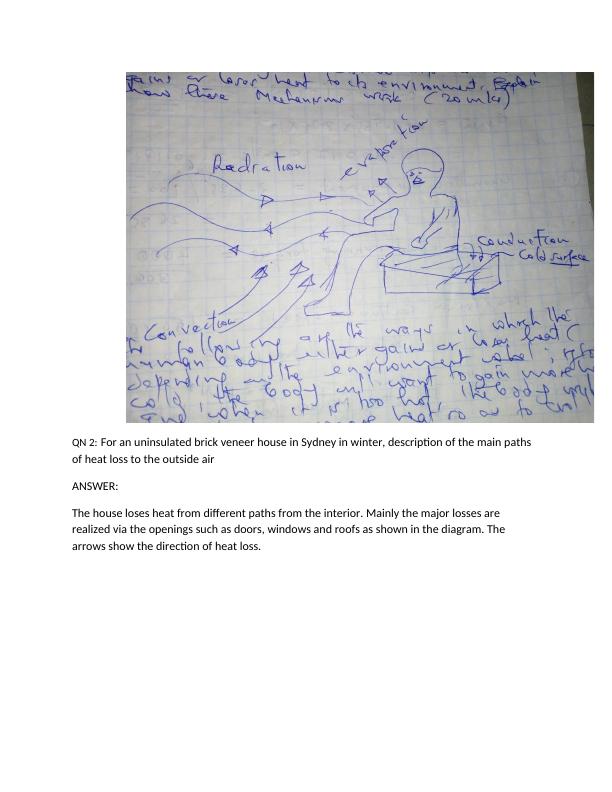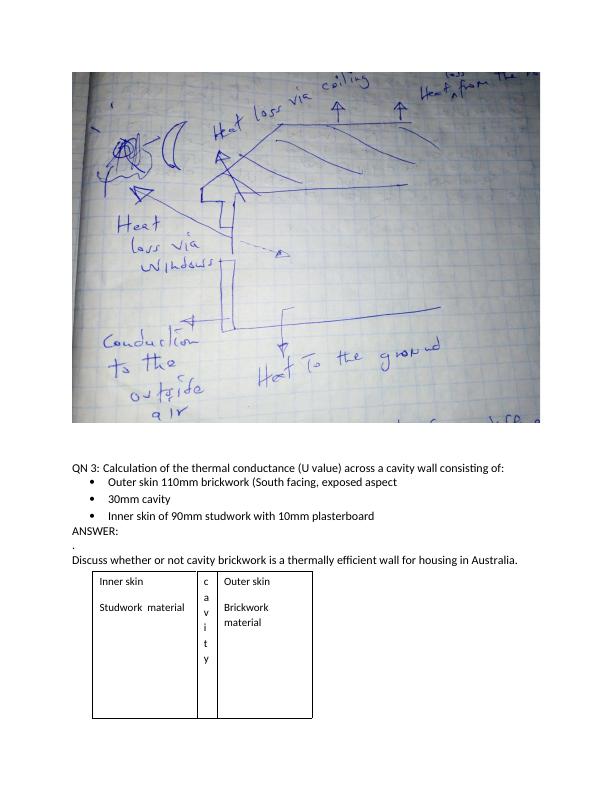Mechanisms of Heat Transfer in Human Body and Heat Loss in Uninsulated Brick Veneer House
Added on 2023-06-12
7 Pages989 Words474 Views
End of preview
Want to access all the pages? Upload your documents or become a member.
Heat: Ways the Human Body Gains or Loses Heat to its Environment
|9
|1572
|35
Mechanisms of Heat Gain and Loss in Human Body
|6
|1419
|164


